10 Different Types Of Root Vegetables With Images
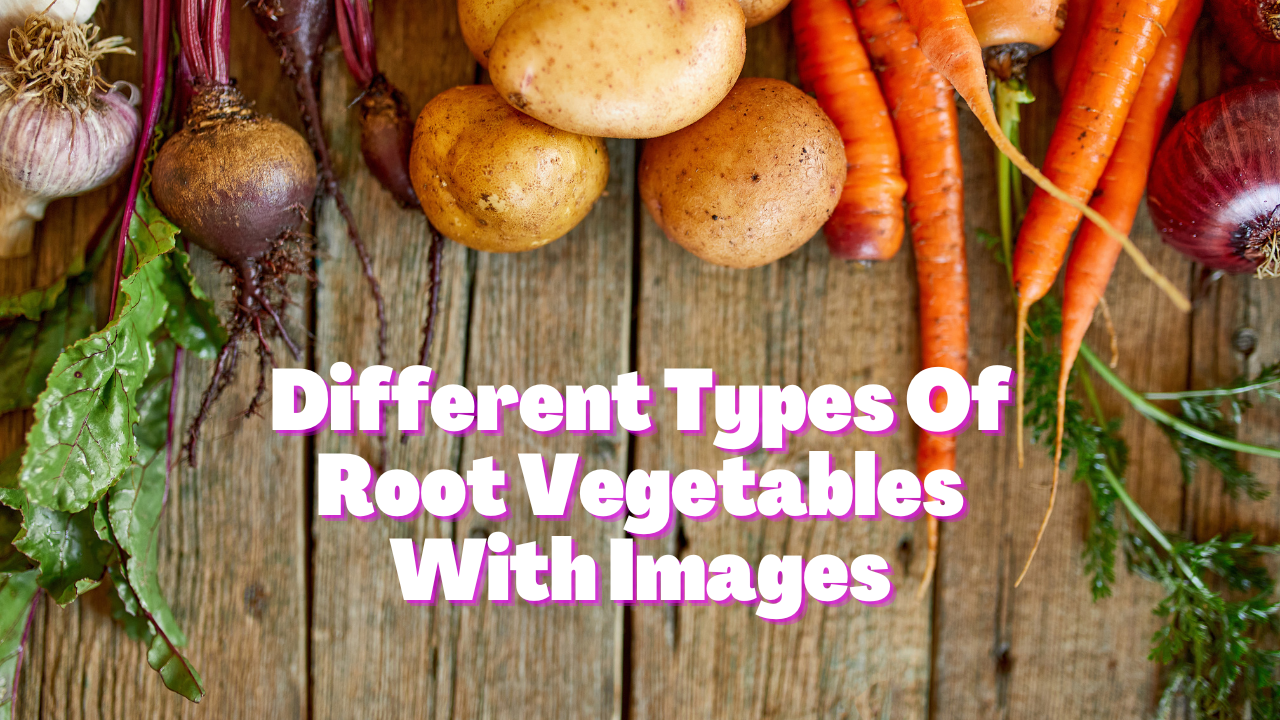
Root vegetables have been an essential part of the human diet as they provide several health benefits to the body. They are underground plant parts eaten by humans as food and some commonly consumed root vegetables are potatoes and carrots.
The root is an essential part of these edible plants as it allows them to store energy. The energy stored in these roots come in different forms of carbohydrates, minerals, proteins, and vitamins. Eating root vegetables would surely provide various nutrients that our body needs.
To help you check some of the commonly cultivated root crops, here are the different types of root vegetables and their benefits for various health conditions.
Types Of Root Vegetables
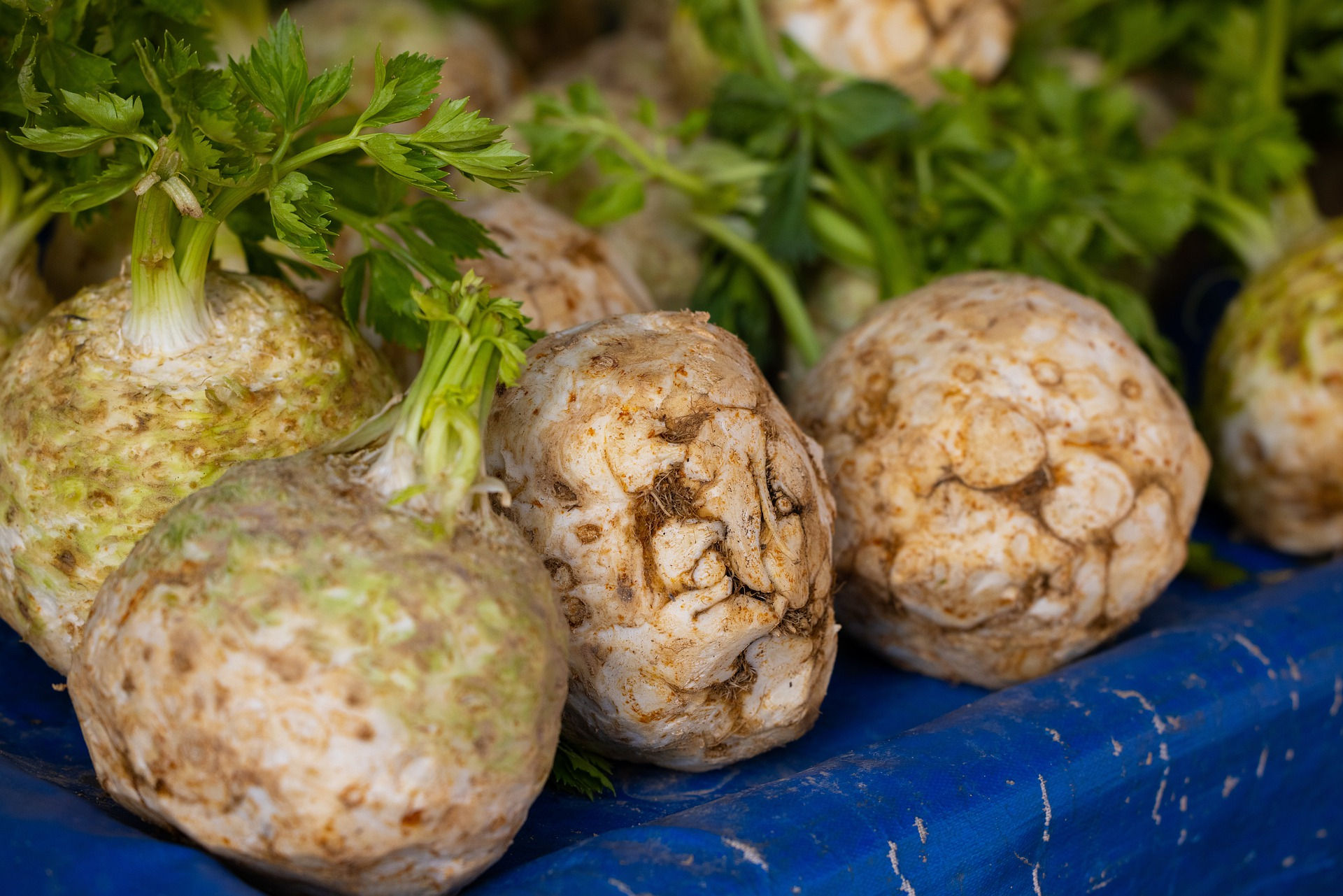
Celeriac
Celeriac comes in other names such as turnip-rooted celery, knob celery, or celery root. It is a type of celery that is cultivated for its edible stem and shoots. Celery root originates in the Mediterranean Basin and is widely grown in both Mediterranean Basin and Northern Europe. It can also be found in other regions such as Siberia, North Africa, North America, and Southwest Asia.
This root vegetable is a highly versatile and one of those delicious root vegetables that’s easy to prepare and eat. It contains essential nutrients such as vitamin C, phosphorus and vitamin K. A single one-cup or 156-gram serving of celery root provides 80% of the daily recommended value.
Vitamin C is a well-known antioxidant that can keep the immune system strong and improve skin health. Vitamin K is an essential nutrient that’s necessary for proper blood clotting. This nutrient is also needed for bone health, as it has osteocalcin which is a protein hormone that is key for healthy bones.
For those who haven’t tried eating Celeriac, it has a nutty taste and crunchy texture. This attribute would fit in perfectly with salads. It can also be enjoyed in other ways such as roasting, stewing, blanching, or mashing the organic product. You can also sauté this root vegetable in olive oil, then mix it in savory dishes. Soups and casseroles will be perfect for its flavorful leaves and stems.

Sweet Potatoes
Sweet potatoes are large, starchy, sweet-tasting tuberous roots and used as a root vegetable. It is a very vibrant and delicious kind of root vegetable that offers several health benefits. Sweet potatoes have that soft and orange appearance and they are distant relatives of potatoes. Its young shoots and leaves are sometimes eaten as greens.
Like other root vegetables, sweet potatoes also provide nutrition to the human body. They’re rich in fiber, vitamin C, manganese and vitamin A. Several antioxidants, including beta-carotene, chlorogenic acid and anthocyanins, are also found in this root veggie. You’ll surely get some health benefits from eating a sweet potato.
It’s also known to help lower the blood sugar level. A high vitamin A content is also found in sweet potato and it can keep the immune system intact and helps in aiding vision problems. Sweet potatoes can be prepared in different ways, such as baked, boiled, roasted or sautéed. It can also be enjoyed as a delicious side dish due to its natural sweet flavor or added to everything from sandwiches to salads to breakfast bowls.
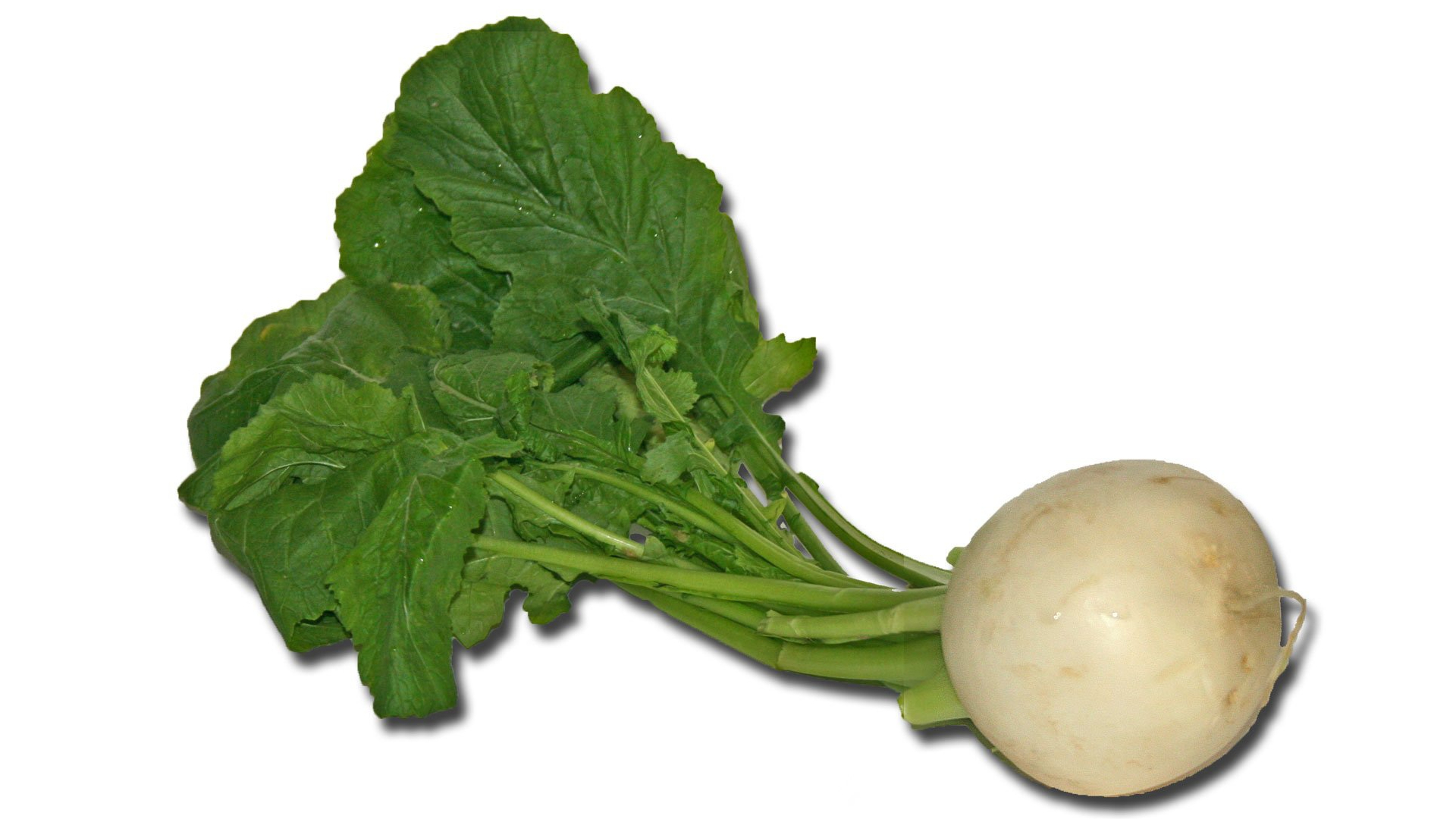
Turnips
Turnips, or white turnip, is also a delicious root vegetable commonly grown in temperate climates worldwide for its white, fleshy taproot. It belongs to the mustard family (Brassicaceae) and originated in middle and eastern Asia. They grow rapidly before the hot months of summers as turnips thrive best in cool seasons.
Like most root vegetables, turnips also exudes an impressive nutrient profile. They are a great source of different vitamins and minerals such as vitamin C, fiber, manganese and potassium. It helps boost your immunity, reduce symptoms and shorten the severity of respiratory infections, such as the common cold, through Vitamin C. Your digestive health can also benefit through its fiber content.
Turnips are also cruciferous vegetables and they can lower risk of stomach, breast, colorectal and lung cancer. If eaten raw, turnips have that mildly spicy taste. But like similar root vegetables, turnip’s flavor shifts slightly when cooked. It can be sweet, nutty, and earthy once cooked. Preparing these root veggies should be easy. You may try making turnip fries, salad, or coleslaw. It can also be used as a substitute for any recipe in place of potatoes.
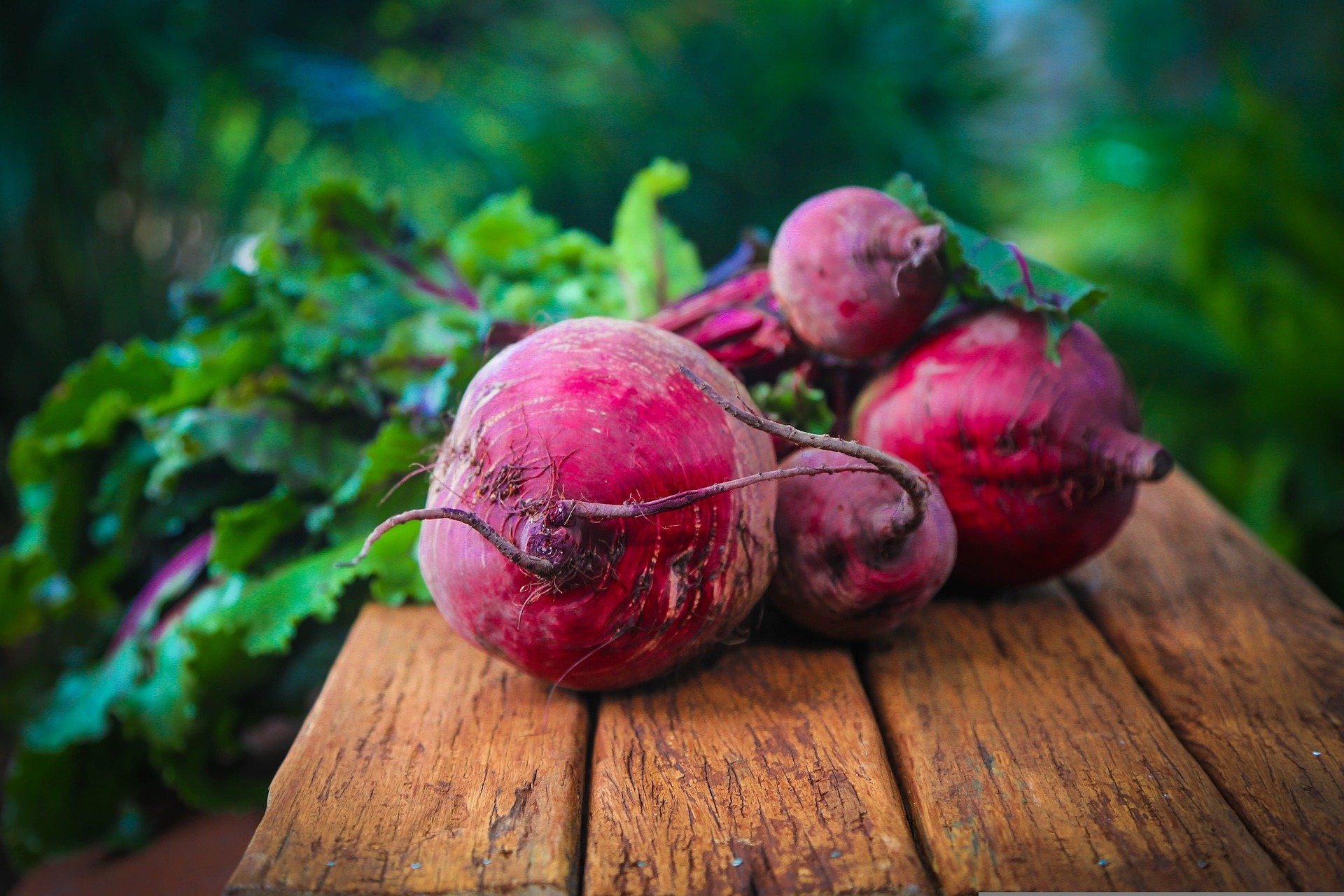
Beets
One of the most nutritious root vegetables available, Beets provide a good amount of fiber, folate and manganese into each serving. It can also help lower blood pressure as it has a beneficial plant compound called nitrates. This compound can help dilate the blood vessels, potentially lowering blood pressure and improving heart health.
If you want to improve exercise performance and increase blood flow to your brain, you should eat beets. Some studies show that beetroot extract may have anticancer properties that may help in slowing the growth and spread of cancer cells.
Beets are indeed highly nutritious and loaded with health-promoting properties as they can support the health of your brain, heart, and digestive system. To get these health benefits, you can try roasting, juicing, pickling, boiling or steaming this delicious root vegetable. Since beets taste earthy and a little bitter, they can be paired with bright, sweet, and fresh flavors.

Cassava
Cassava is a starchy root vegetable that originated from the South American forests. It is also known as manioc or yuca and is used as a traditional vegetable in many regions of the world such as Asia, Africa, and parts of South America. It is a popular root vegetable and eaten by many people living in these areas, together with other starch-based foods like taro, yam, and potato.
It is a high-calorie food that contains twice the calories than that of potatoes and is suitable for people who want to gain weight. Cassava also contains more protein than potato and yams and it is a great source of dietary proteins and vitamin K if the leaves are eaten raw. These nutrients are essential in helping strengthen the bones and stimulating cell activities.
Minerals like copper, iron, zinc, magnesium, and manganese are also found in cassava. It also contains a group of B-complex vitamins like thiamin, folates, pyridoxine, riboflavin, and pantothenic acid.
Traditional methods of preparing root vegetables such as steaming, mashing, grating, boiling, and frying can also be done on cassava. It can also be made into bibingka, suman, pudding, chips (kabkab), cassava cake, cassava balls, pitsi-pitsi, pancakes, or coated with caramelized sugar.
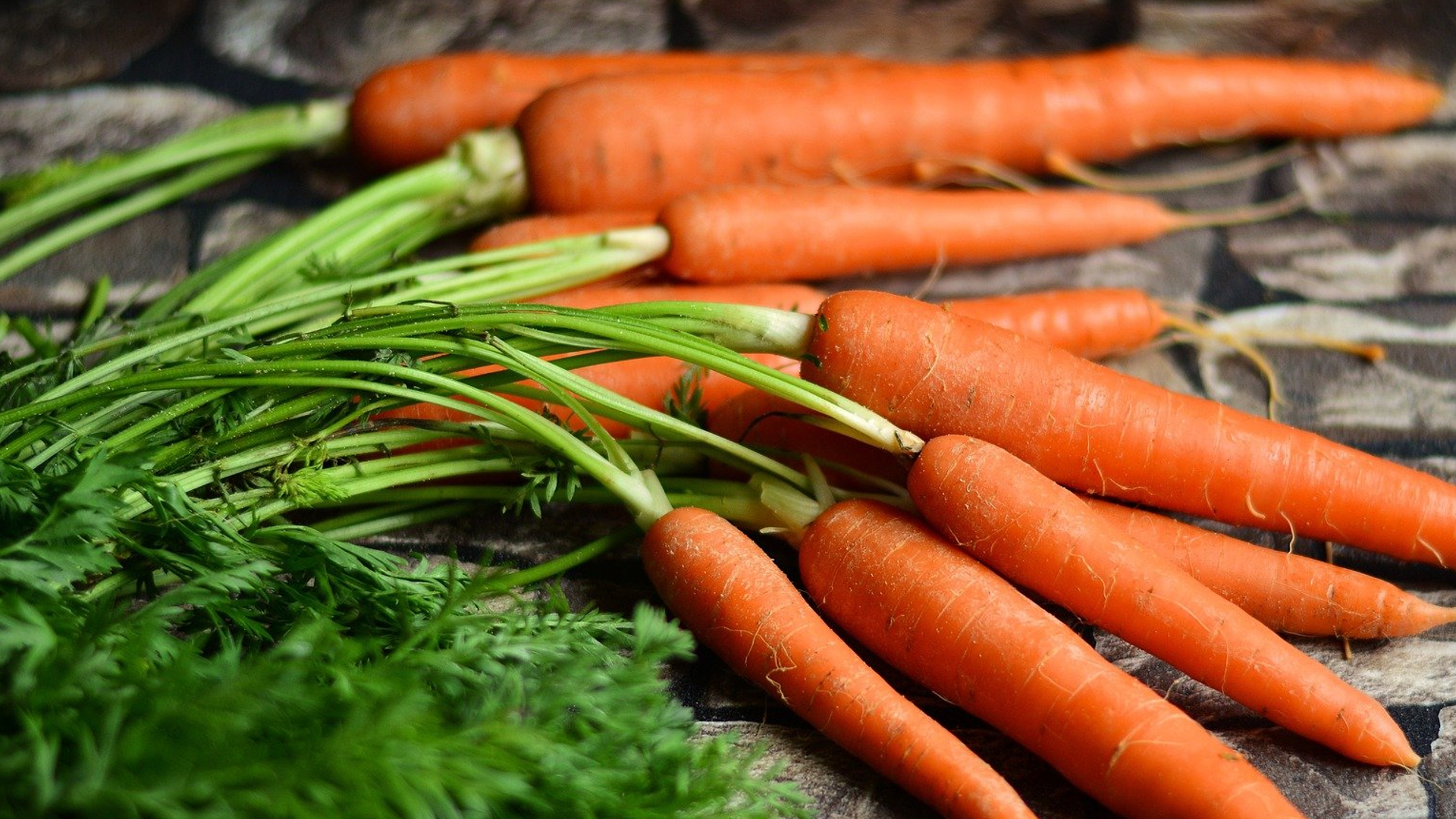
Carrots
Let us talk about a popular root vegetable that can be part of your healthy diet. Along with Horseradish, Radishes, Rutabagas, Parsnips, Salsify, and Turnips, carrots are considered as true root vegetables. While this popular root veggie occurs mostly in orange shade, there are also carrots that come in red, black, white, purple, or yellow color.
Eating carrots will provide several health benefits through its vitamins and mineral contents. It is rich in vitamins A and K, as well as the important antioxidant beta-carotene. Other essential compounds like Alpha-carotene, lutein, lycopene, anthocyanins, and polyacetylenes. They are great for immune system support and protect against several illnesses such as heart diseases, cancer, and degenerative problems, such as AMD or age-related macular degeneration that is a primary cause of vision loss.
You should always eat carrots as it can help in lowering blood cholesterol, aiding weight loss, and improving eye health. Aside from being eaten raw or cooked, carrots are also enjoyed in the form of a healthy drink nowadays.
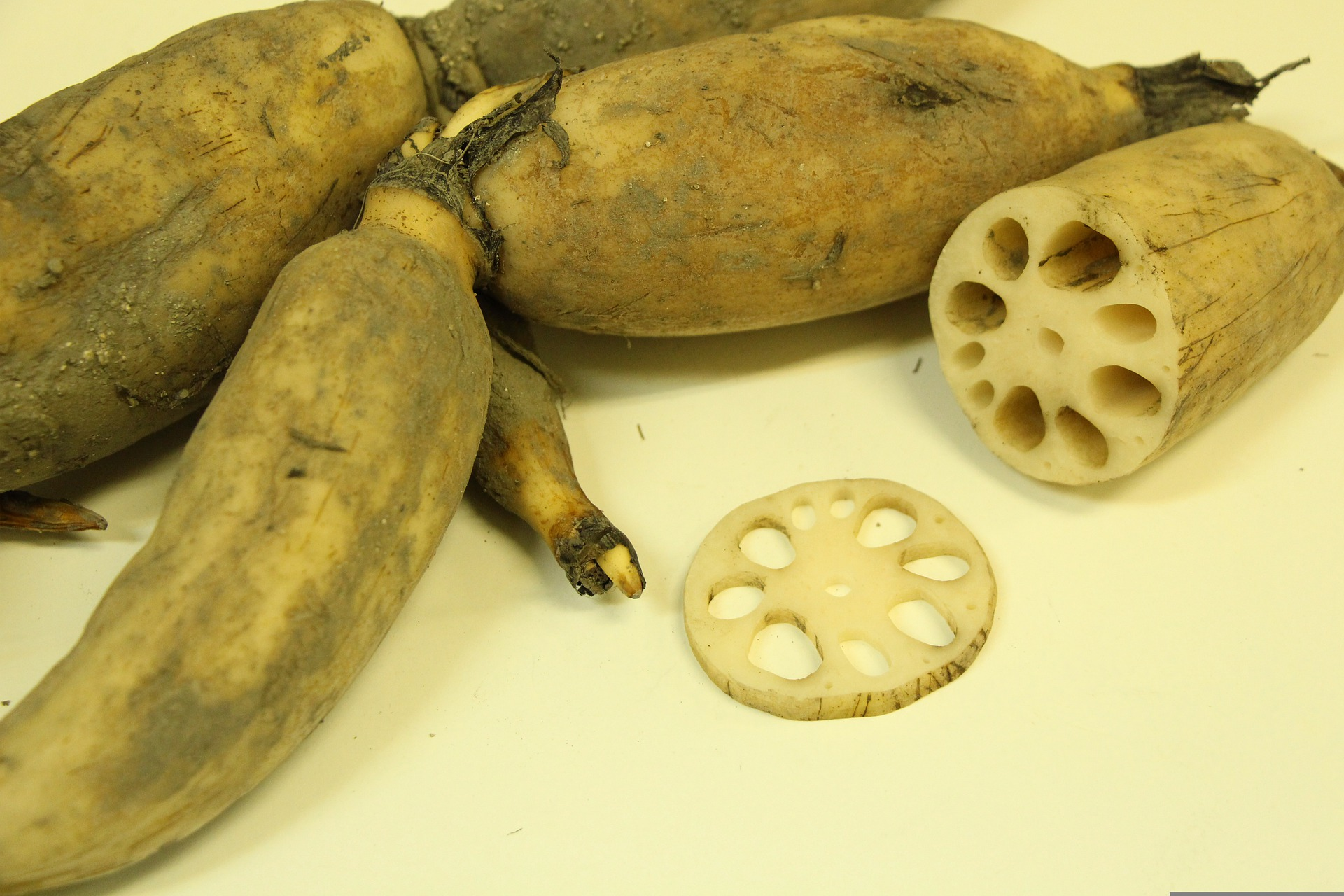
Lotus Root
One of the popular and renowned root vegetables native to India and China, lotus root is also known as lotus stem. It has a crunchy and sweet flavor that is similar to Chinese water chestnut. All parts including the root, seeds, and young flower stalks of this vegetable are edible. Indian, Chinese, and Japanese cuisines would often use this veggie on their dishes.
Lotus root is commonly used in salads, but many cultures would mix it with pork and prawns to achieve that delectable taste. Lotus stem curry is one of the dishes that features the lotus stem as one of its primary components. This curry is best served with rice or bun.
When it comes to health benefits, lotus stem is a great source of dietary fibers, copper, zinc, magnesium, manganese, and vitamin C. Eating these root veggies will help in the production of red blood cells in the body and keep the immune system strong.
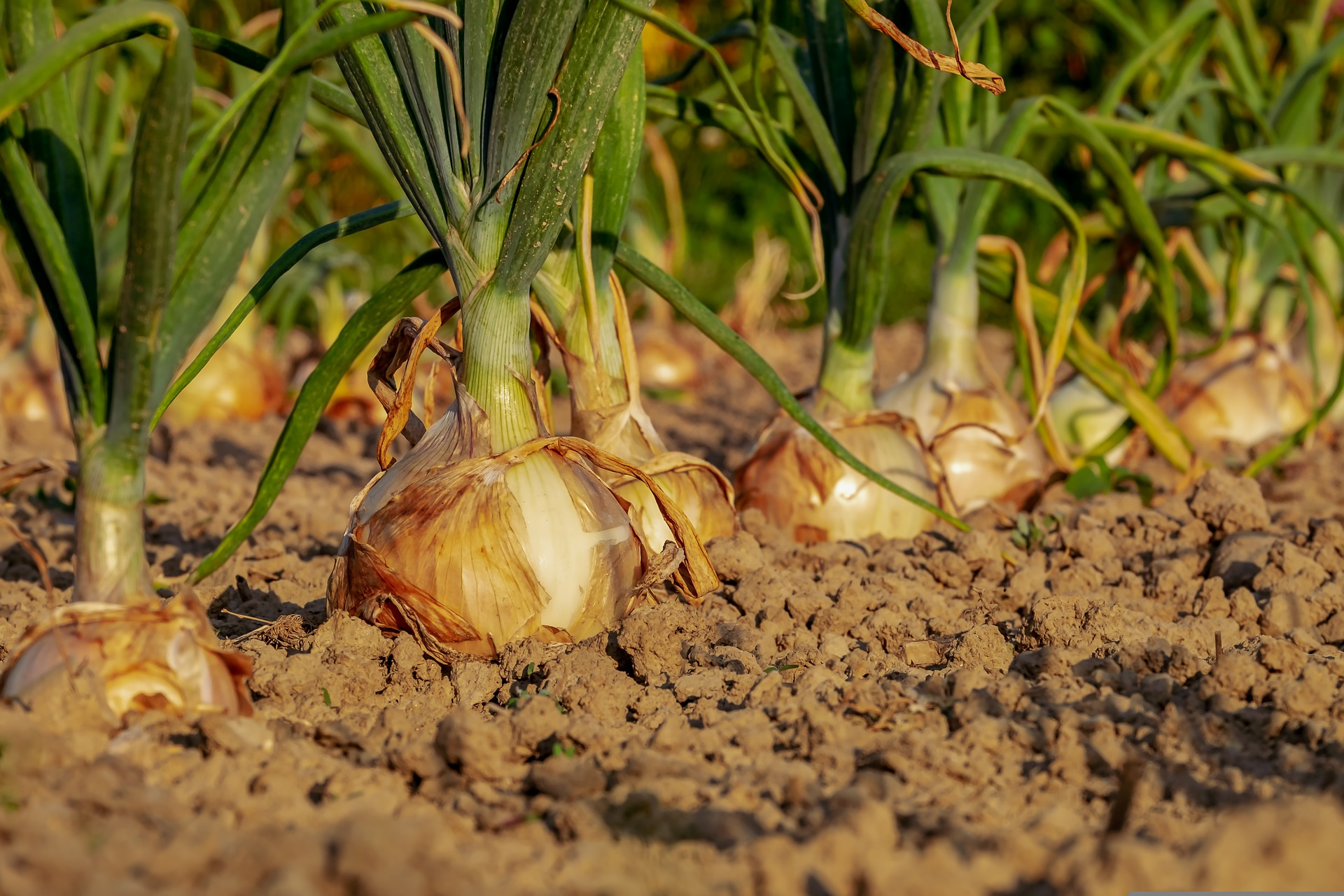
Onions
When we say onions, you might not think of it as a vegetable, but rather a spice. Well, it is actually a round vegetable with a brown skin that grows underground. It is commonly used as a spice on many dishes due to its strong, sharp smell and taste. Onions are actually a staple ingredient in many cuisines.
Onions are high in Vitamin C and a good source of dietary fiber, and folic acid. It also has calcium, iron, and has a high protein quality. Onions are also low in sodium, contain no fat and have a flavonoid called quercetin, which is a kind of antioxidant in plant compounds.
There’s a study that shows onions significantly reduced blood sugar levels in people with diabetes just by eating 3.5 ounces or 100 grams of raw onions per day. Higher intake of onions could also lower risk of common types of cancer as it could possess powerful anticancer properties.
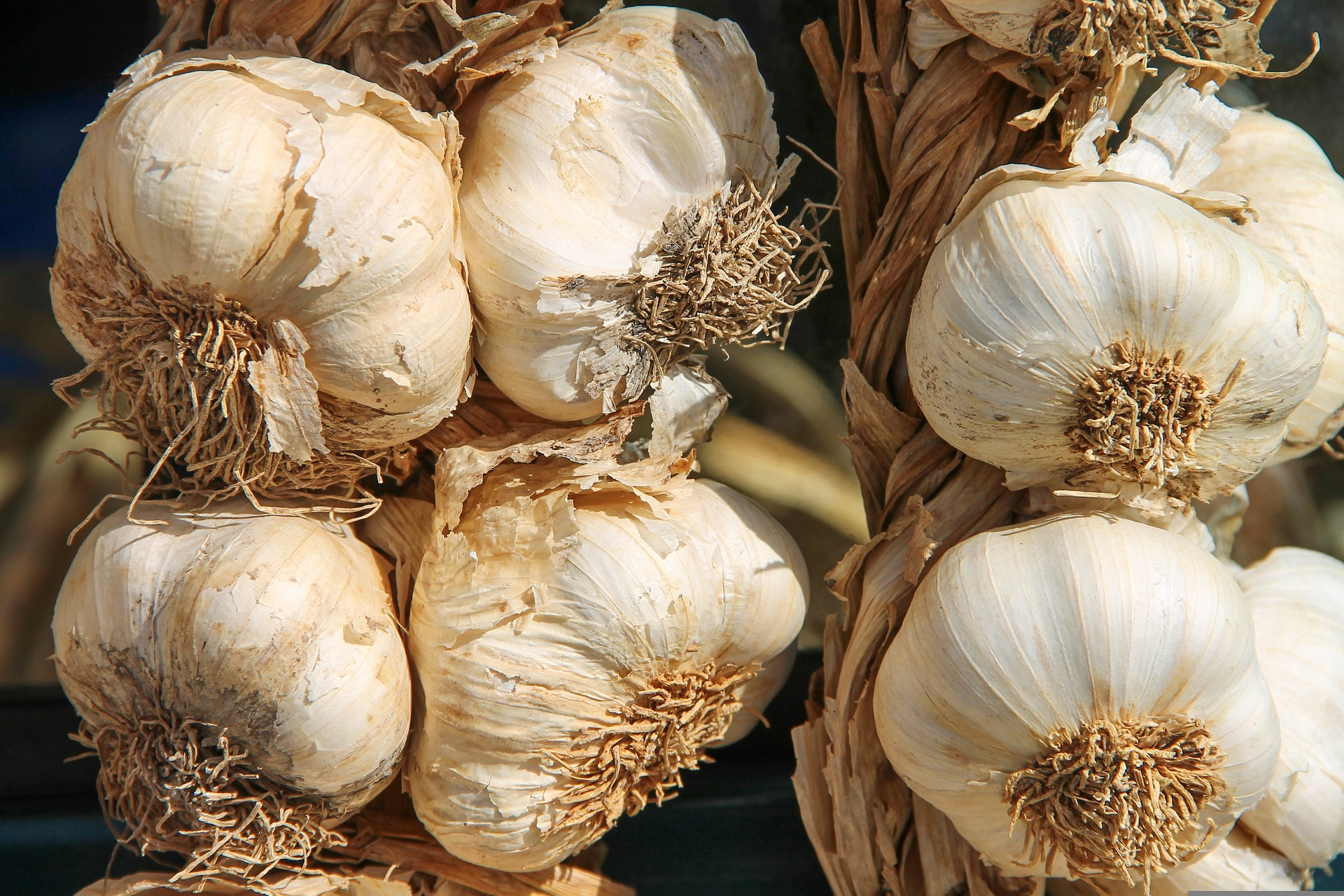
Garlic
Garlic is commonly associated with onions in the culinary world as they are closely related with each other. It belongs to the onion family, alongside shallots, leeks, and chives. It is a very versatile vegetable and one of the popular root vegetables that can enhance the flavors of many dishes such as stir fry, soups, sauces, side dishes and main courses or any sweet and savory dishes.
A garlic bulb will grow underground with leaves sprouting above it. The bulb is made up of many smaller pieces called cloves. They are then turned to fresh garlic, garlic powder, and garlic oil used to flavor foods.
Aside from being used as a flavor enhancer on dishes, garlic is most commonly promoted as a dietary supplement for conditions related to the heart and blood vessels, including high blood cholesterol and high blood pressure. It may also boost immune function and can decrease the symptom severity and help prevent infections, such as the common cold.
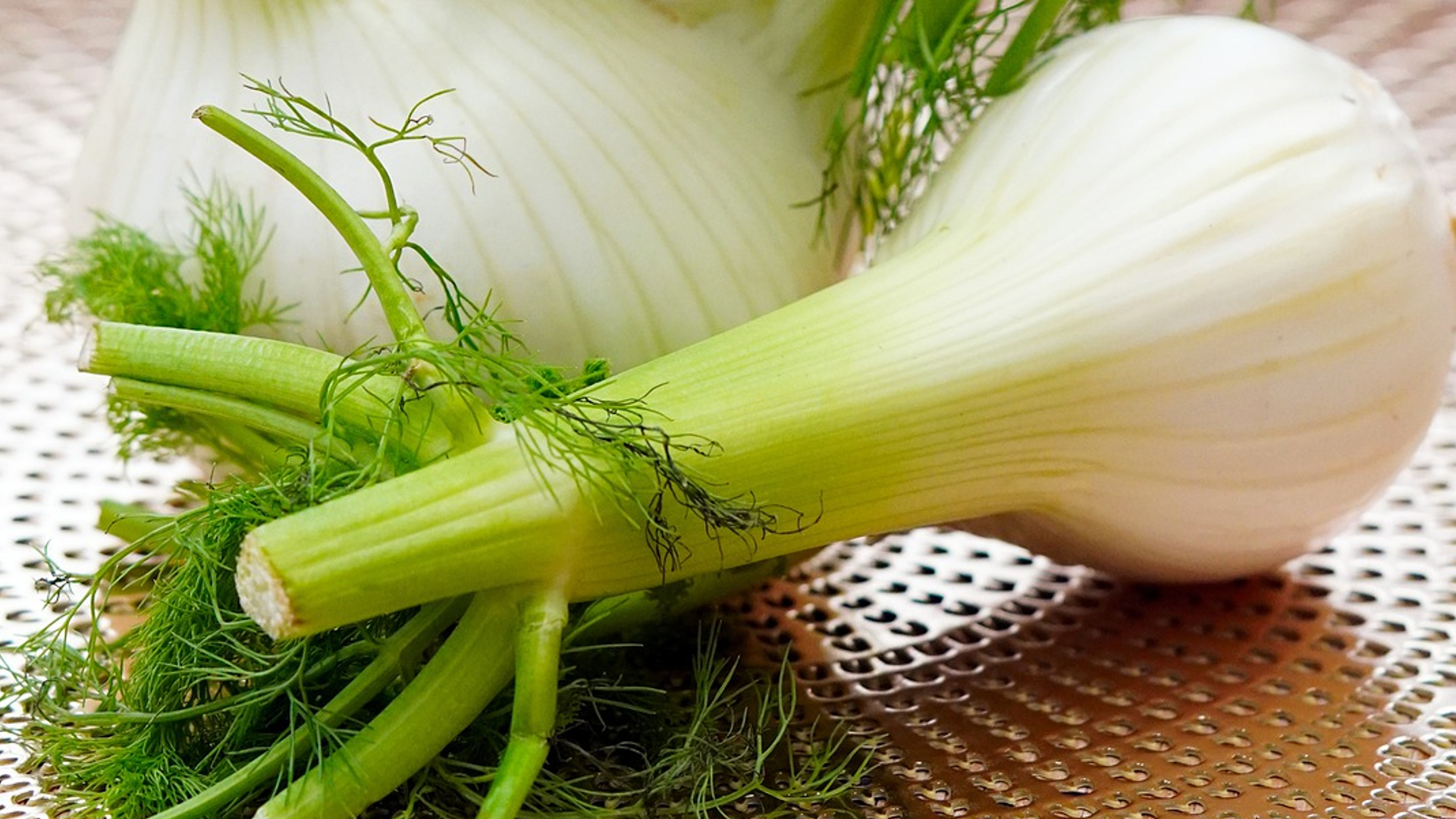
Fennel
Fennel hails from the flowering plant species in the carrot family. This hardy, perennial herb with yellow flowers and feathery leaves originates in the shores of the Mediterranean but has become widely naturalized in many parts of the world, especially on dry soils near the sea-coast and on riverbanks.
Fennel has a very mild anise or licorice flavor, but it can be enhanced or sweetened depending on how it is cooked or prepared. It can be used to flavor candies, liqueurs, medicines, and food, and it is especially favored for pastries, sweet pickles, and fish. You can even protect stored fruits and vegetables against growth of toxic fungi by using its oil.
The crunchy bulb and aromatic seeds of the fennel plant are highly nutritious and may offer an abundance of impressive health benefits. Aside from being flavorful, they can improve heart health, reduce inflammation, suppress appetite, and even provide anticancer effects.
Fennel packs fiber, vitamin C, potassium, manganese and the compound anethole. This plant compound may help in the metabolism of carbs to help reduce blood sugar levels. You have some fennel as fresh, roasted or sautéed. Mixing it into salads, soups, sauces and pasta dishes would also be a great idea.
Summary
There are other root vegetables that have not been discussed in detail, such as radishes, artichokes, ginger, turmeric, potatoes, rutabaga and a lot more. We just have to keep in mind that they are also crisp, vibrant, and nourishing root crops.
Root vegetables are indeed a great part for a healthier eating as they provide essential nutrients and minerals needed by the body. Depending on the preparation, you can certainly enhance their flavor and get the best out of these amazing root veggies. You may try mixing them with leafy greens, starchy vegetables or collard greens.
When it comes with storing these root vegetables, you may use a paper or plastic bag. Some of them can be planted in advance so that they can be harvested in their peak season, just like turnips that are sown in late summers or early spring so that they grow rapidly before the hot months of summer.





